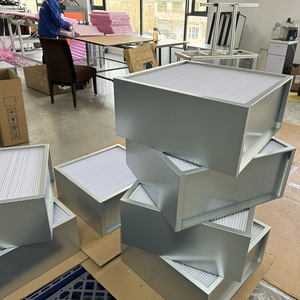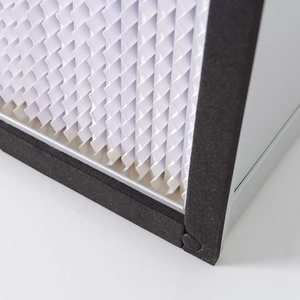Introduction to LED EMI Filters
In today's fast-paced electronic environment, maintaining efficiency and clarity in performance is vital. Enter LED EMI filters, the unsung heroes of electronic design that ensure your devices function optimally while minimizing electromagnetic interference (EMI) problems. These advanced filters not only enhance the functionality of LED lighting systems but also protect sensitive electronic equipment from the disruptive effects of EMI. Their utilization has become increasingly essential in various sectors, including automotive, telecommunications, and residential lighting.
Types of LED EMI Filters
Understanding the types of LED EMI filters is crucial for selecting the right one for your needs. Here are the predominant categories:
- Common Mode Filters: Designed to filter unwanted noise present on the common signal line, ensuring a clean power supply.
- Differential Mode Filters: Effective in eliminating interference that travels between two conductors, enhancing signal integrity.
- Active EMI Filters: These use electronic circuits to actively counteract EMI, making them adaptable for sensitive applications.
- Passive EMI Filters: Utilize passive components like inductors and capacitors to provide effective filtering without power consumption.
Functions and Features of LED EMI Filters
The functions and features of LED EMI filters contribute significantly to their growing popularity:
- Noise Reduction: LED EMI filters significantly reduce electromagnetic radiation generated by LED drivers, enhancing device performance.
- Power Line Conditioning: They stabilize power lines, ensuring that electronic devices operate smoothly without their signals being compromised.
- Thermal Management: Many filters are designed to dissipate heat, preventing overheating in high-energy environments.
- Compact Design: Most LED EMI filters come in space-saving designs, ideal for applications with limited physical space.
- High Efficiency: These filters offer excellent signal integrity with minimal power loss, ensuring that your LED systems operate efficiently.
Applications of LED EMI Filters
LED EMI filters have a broad spectrum of applications, impacting various industries.
- Residential Lighting: Employed in home LED fixtures to prevent flickering and improve light quality.
- Commercial Lighting: Critical in office and retail environments to reduce noise and flicker, enhancing productivity.
- Automotive: Used in vehicle LED systems to shield sensitive components from electromagnetic interference as vehicles become increasingly electronic.
- Telecommunication Equipment: Fundamental in communication devices to maintain signal clarity and integrity.
- Consumer Electronics: Vital in modern gadgets where performance and reliability are paramount.
Advantages of Using LED EMI Filters
When integrating LED EMI filters into your systems, the advantages are manifold:
- Enhanced Device Longevity: By reducing EMI, devices experience less stress, thereby extending their lifespan.
- Improved Performance: Ensures consistent performance of LED lighting, reducing issues like flickering and dimming.
- Compliance with Regulations: Meeting stringent EMI standards is easier with the right filters, aiding in regulatory compliance.
- Cost-Effective Solutions: Investing in high-quality LED EMI filters can yield savings in maintenance and operational costs.
- Environmental Benefits: By improving energy efficiency, these filters contribute to reducing the overall carbon footprint.



















































